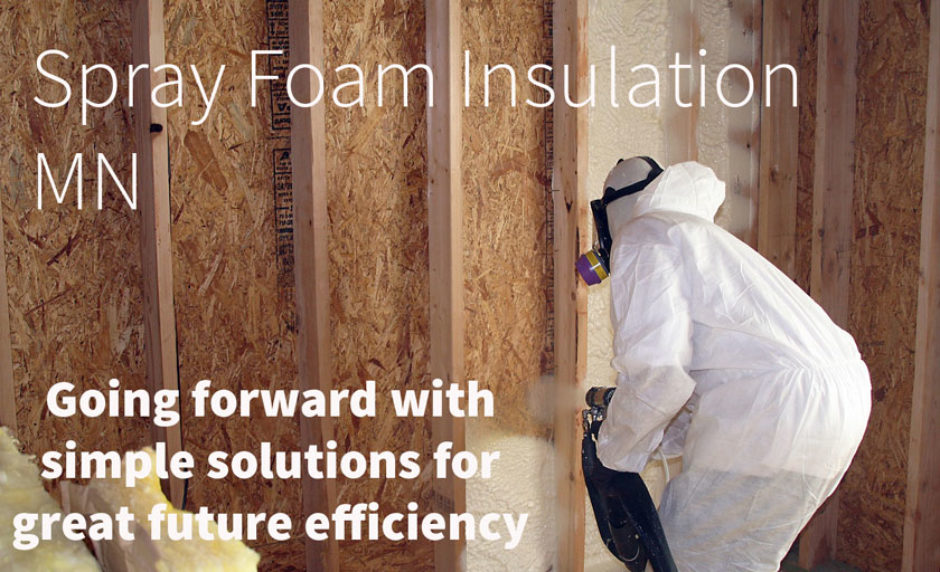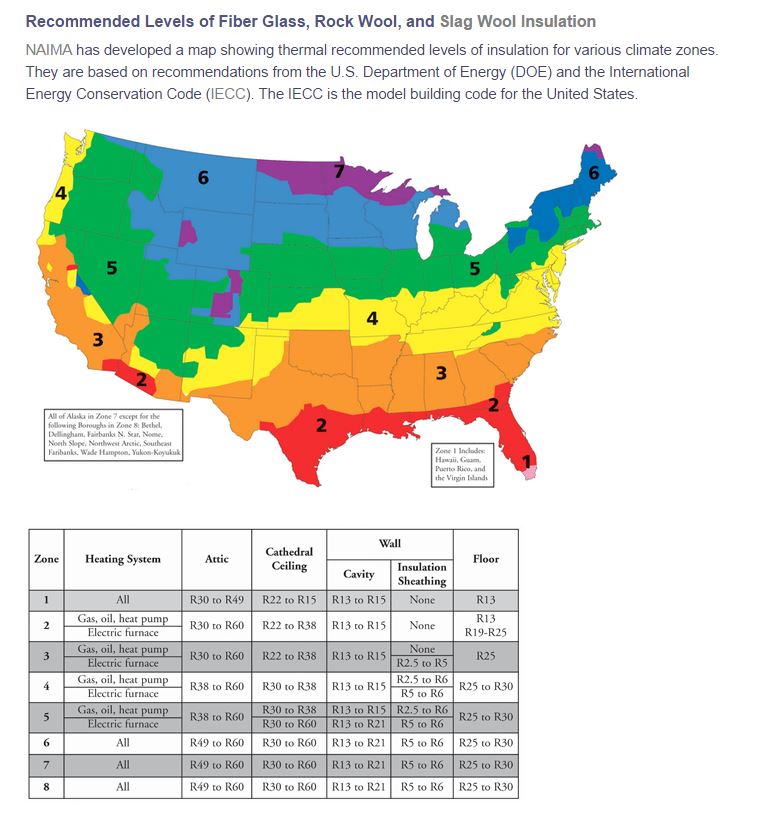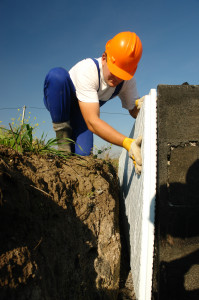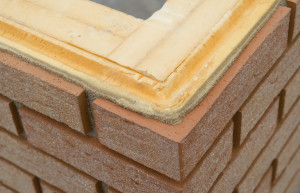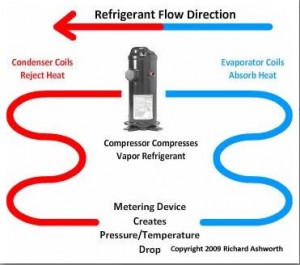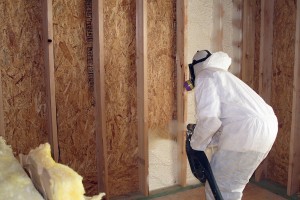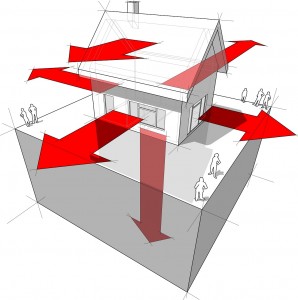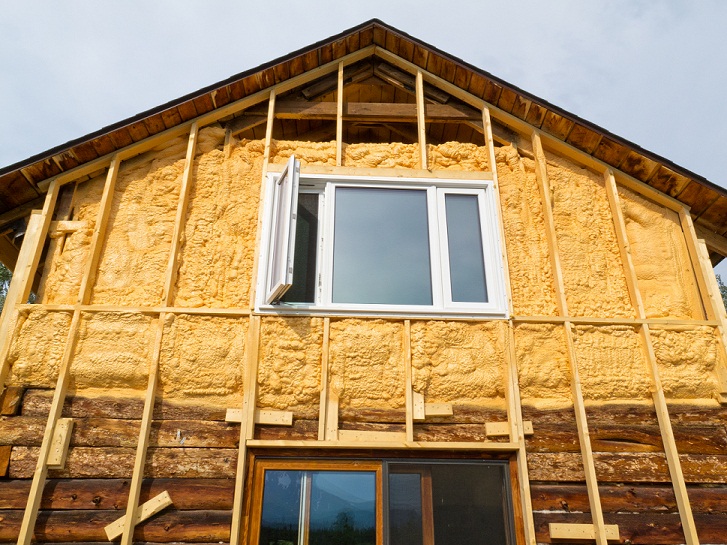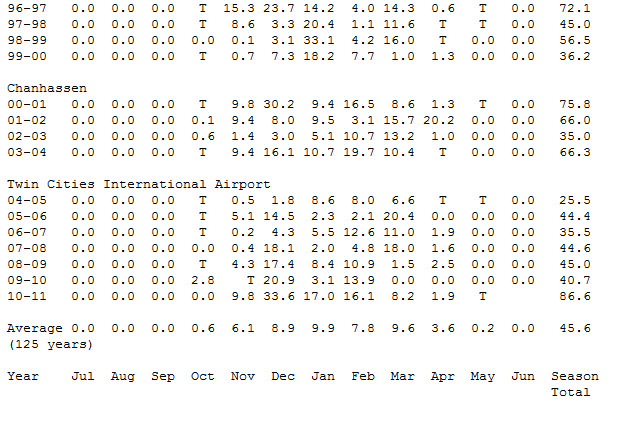So much depends on the weather, and how we live within it. When you experience a severe change to the weather, either warmer or colder, as a home owner, it creates physical changes in your home. Consider Phoenix Arizona, which is typically a desert environment, with hot dry summer days and cool to cold summer nights. Dealing with this variation year after year is common, but what is not common is the increase in humidity in the area over the last few years. This change, has created a variety of moisture changes to homes and business in the Phoenix area. With moisture causes mold, and fungus issues on surfaces. And, as this increases, insulation will need to be changed to match this ever growing need.
Warmer Weather Changes Still Need More Insulation
 One of the more frustrating facts is the United States is under insulated more than any other modern economy, and the waste of our growth and inability to conserve is quite embarrassing. While developed countries in the EU and Asia grow with legislation and permits to increase conservation through insulation, the United States is lagging in insulation in existing buildings. All building permits should include an energy audit before construction begins, to conserve and continue a better long term solution towards great living spaces. Not only does spray foam insulation add long term value to any structure, it also increases the feel and inhabitants ability to control temperature and moisture levels.
One of the more frustrating facts is the United States is under insulated more than any other modern economy, and the waste of our growth and inability to conserve is quite embarrassing. While developed countries in the EU and Asia grow with legislation and permits to increase conservation through insulation, the United States is lagging in insulation in existing buildings. All building permits should include an energy audit before construction begins, to conserve and continue a better long term solution towards great living spaces. Not only does spray foam insulation add long term value to any structure, it also increases the feel and inhabitants ability to control temperature and moisture levels.
With increases in warmer weather, spray foam is the perfect solution to cut down on cooling costs. A foam sprayed home, with over 12 inches of spray foam, will instantly stay 20 degrees cooler during the day. This of course depends on the entrances and open doors and windows to the home, and if the sun and wind is a factor. But, with careful management of buffering from the outside forces, the beauty of spray foam exists, as it allows for stable assurance through the roughest weather paths. Imagine, a weather pattern of 101 degrees Fahrenheit for 10 days in a row. And, this is mixed with increased humidity of over 40 percent. With the evenings, the temperature goes down to 55-60 degrees at night. And, a dust storm will be in the mix at the end of this unusual 10 day weather event. With a spray foam insulated home, the variety of temperatures never swings more than 10 degrees up or down.
Wind, storms and huge temperature swings, lead to a variety of problems with an under insulated home. The temperature swing is more than 22 degrees on any given day, and the wind storm creates a bit of damage to the roof on the last day of this process. This example is in theory only, but based on current models in use. Not only does the spray foam insulated home stay more than structurally sound, it creates a savings of over 40$ a week on cooling costs. Imagine your home feeling better during cold and warm weather periods, with regularity.
Native Desert Dwellers Lived In Thick Walls
Unable to construct thick wall structures themselves, but seeing the comfort of living in such habitations, native dwellers of desert areas often lived in caves, or made thick wall homes next to caves. Even today, in arctic and desert climates, where the temperature is extreme, we see spray foam being a modern day solution to an ancient problem. People need a constant temperature pattern to stay healthy, and moisture levels need to remain similarly stable. With spray foam, you are getting the stability added to the structural walls, and it is the best way to create the value to your home with comfort and assurance for economic savings.
Savings Comes From Warmer Weather
Yes, you may see more savings in winter with a warmer weather pattern, but not so in the summer. Breaking the rules and adding spray foam to foundations, walls, attic spaces, and roof lines can create a value on savings in any environment. Watch your weather outlook improve when you add this efficient material to your home. Even adding to small areas, will improve the comfort level in your home. Warmer weather does not mean you need to crank up the Air Conditioning when you have already buffered from the heat with insulation. Let your builder help you with spray foam insulation, and see how much you can save over the life of your home.
